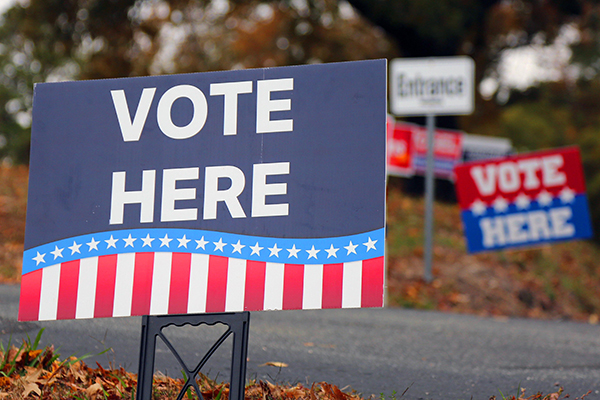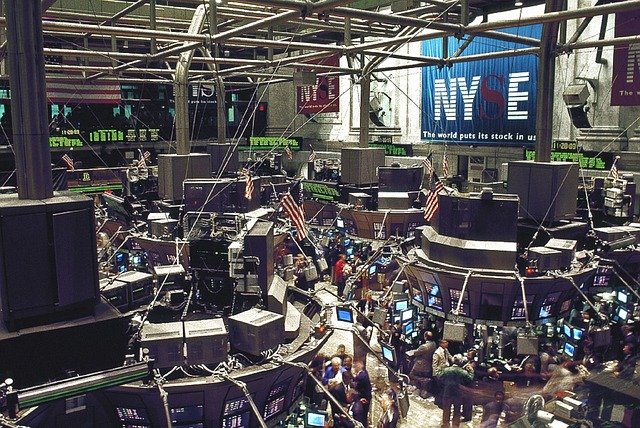The first quarter was almost the exact opposite of the preceding quarter in terms of stock market returns. While the fourth quarter was one of the worst of the last ten years, the first quarter was one of the best. After hitting a low point on Christmas Eve, stocks have hardly hesitated and now sit just a few points below the all-time highs reached in late September or early October. The issues that plagued the markets in the fourth quarter have not only improved, but in some cases reversed completely, which eased worry and paved the way for a big rally.
Both the stock and bond markets were helped greatly by the Federal Reserve Board backing off its plan to continue to raise interest rates in 2019. The expectation now is that there will not be any rate hikes this year, and maybe just one in 2020—although the opinion on the Street is that we may see a rate cut before another rate hike. The government shut down in December was extended for three weeks, and then resolved. The trade issues with China persist but the deadline has been extended, talks continue to progress, albeit slowly, and the general consensus is that an agreement will be reached.
I have been receiving a number of questions about the recent (and ongoing) yield curve inversion. I thought I would take this opportunity to briefly explain what that means, and what it means for the market. The big fear, of course, and why it gets so much attention in the press, is the theory that a yield curve inversion predicts a recession. However, what does not always get explained is that there are a number of requirements for this prediction to actually be valid. Simply put, the yield curve is a chart showing the current yields of US Treasuries of different maturities. A normal yield curve will have lower yields for shorter maturities. An inverted yield curve is when longer-term Treasuries have lower yields than shorter-term ones. There is also a steepness to the curve; steeper curves are farther away from inversion, meaning more distance between yields of successive maturities. Flat curves are not inverted, but are close to being so. The current curve is very flat, with some slight inversion at the 3mo to 6mo time frame.
Where the curve inverts is important. It is rare to have the entire curve invert, meaning every long-term rate is lower than each successive shorter-term rate. The first part of the curve to invert was the 2yr and 5yr pair about five months ago—but the pair is not closely followed. The most closely watched part of the curve is the 2yr:10yr. This pair has not inverted yet, although it has been close to doing so for months. Another closely followed pair, the 3mo:10yr did invert recently, pushing the yield curve conversations to the forefront of financial analysis again. Adding confusion to these discussions is that there is no exact pair that points to a recession without fail.
Finally, when it comes to signaling recessions, it matters how long the yield curve is inverted. The answer is generally more than just briefly. It depends on the curve pair really, but typically it is measured in either a month or a quarter. Those following the 1yr:10yr look for an inversion of four weeks OR a magnitude inversion of at least .025%. Neither have happened yet. Another item is even if we get a valid recession indicator, how long is it before the recession hits? The answer here varies as well, but is usually 12-24 months, with 18 months being the rough average, depending on the pair followed.
As you might have surmised, the angst over the yield curve inversion has been largely a headline selling event, and not one that merits much concern yet. The only significant inversion is a pair that is not followed closely, and the significant pairs have either not inverted, or have done so briefly and barely, and therefore have not generated a recession signal. The Fed slamming on the brakes, and actually reversing its stance (in terms of the balance sheet reduction) has probably lessened the likelihood that we will get further inversions for a while. That said, the very flat yield curve and slight inversions we have seen are a sign the bond market has sniffed out at least a slowdown in growth.
Somewhat more sluggish growth makes sense given the effect of the government shutdown, trade negotiations, and fading impact from the tax bill of 2018. This slowdown has been seen in reduced GDP growth (down from the 3% level late last year into the 2.5% range), slowing manufacturing output (PMI data has been consistently below expectations globally for the last few months), and the hiccup in unemployment data (both the weekly initial claims and the February jobs number). Additionally, earnings this quarter are likely to be negative compared to the same quarter a year ago. This is a result of rising wages, rising commodity prices (especially oil), and weak inflation (meaning companies cannot raise prices easily).
Nevertheless, there are several positives out there. While a recession may be coming, it looks to be at least a 2020 story, if not later, and likely of a more mild variety; the US economy is still the strongest in the developed world and is in a nice state of slow, stable expansion—one with mild inflation and near historically low unemployment (at least the lowest in 50 years); and interest rates are likely to be relatively lower for longer. We like the outlook for the long-term disciplined parts of our investment philosophy and believe the tactical, Value Capture Strategy is especially well suited for this environment.





